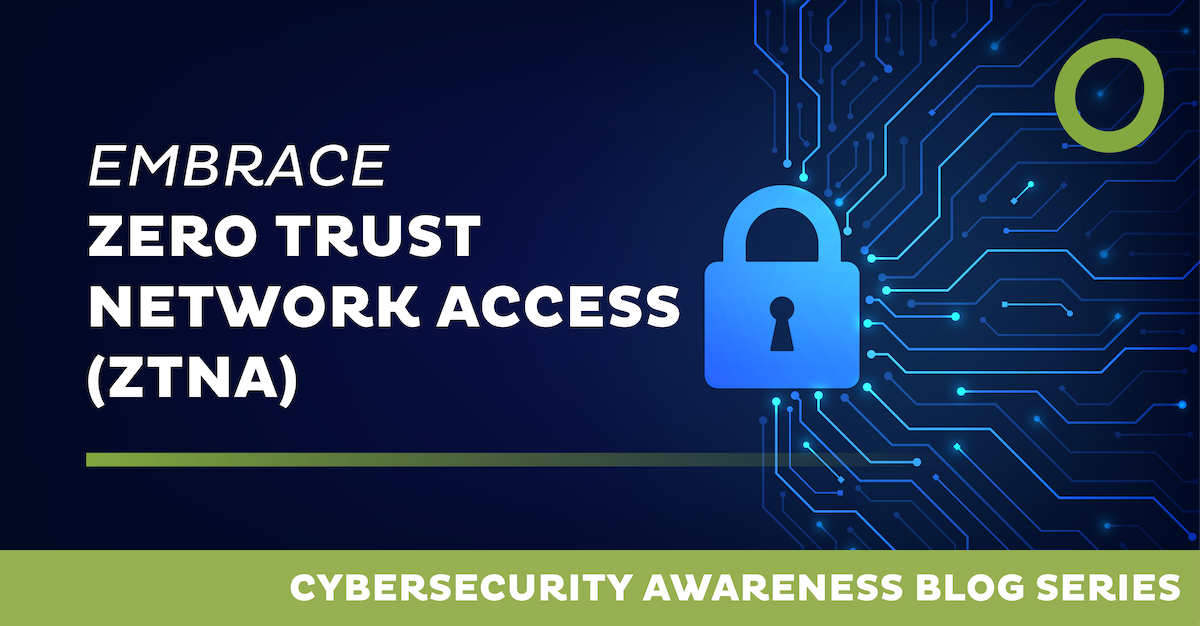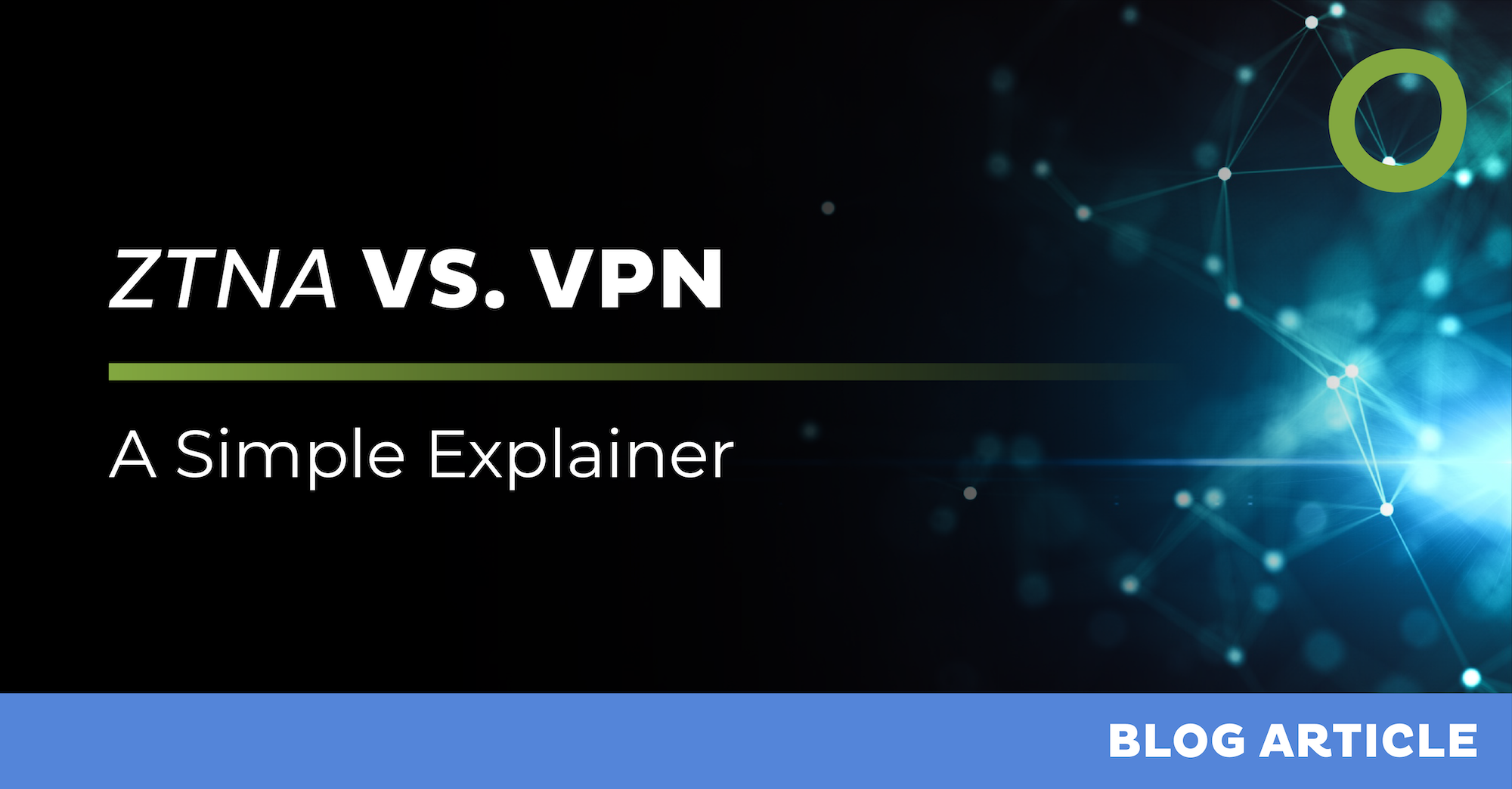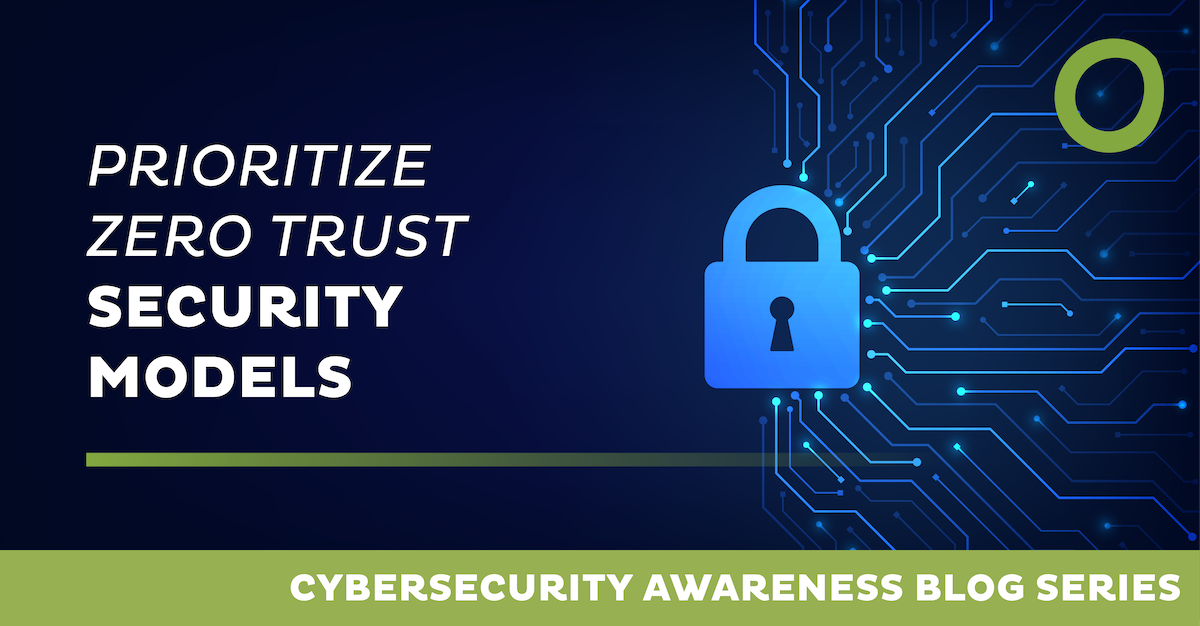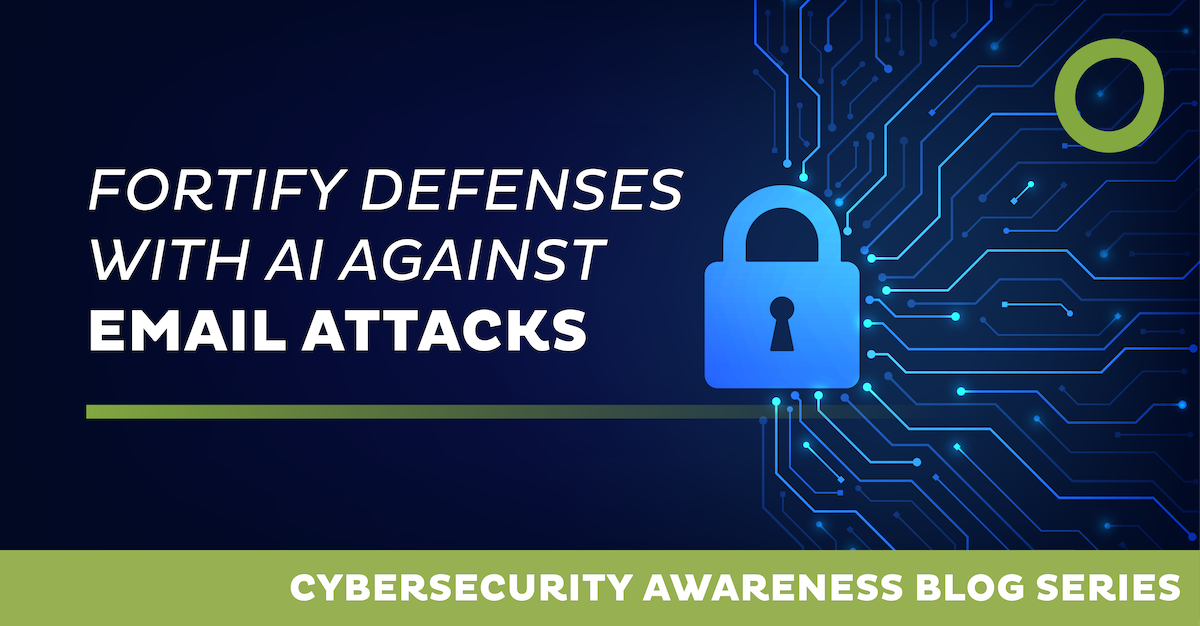
Embrace Zero Trust Network Access (ZTNA)


In the evolving digital landscape, securing access to applications is a paramount concern. Traditional VPN solutions, while useful, have limitations. Enter Zero Trust Network Access (ZTNA), a more secure approach to securing access to applications. It operates on the principle of "never trust, always verify," providing robust protection for remote access.
This article will delve into the intricacies of ZTNA, contrasting it with VPNs, and highlighting its benefits. We'll also guide you on how to transition from a VPN to a ZTNA model. Whether you're an IT Manager or a Cybersecurity Consultant, this comprehensive guide will equip you with the knowledge to embrace ZTNA.
Understanding Zero Trust Network Access
Zero Trust Network Access (ZTNA) is a security model that challenges traditional network security norms. It discards the outdated notion of a secure perimeter. Instead, ZTNA assumes that threats can originate from both outside and inside the network. It treats every access request as potentially harmful, regardless of its source.
This approach requires stringent verification for every user and device trying to access network resources. It's a paradigm shift that enhances security by minimizing the attack surface. ZTNA's context-aware security policies provide granular access control, adapting to various user roles and locations.
The Evolution from VPN to ZTNA
Traditional VPN solutions have been the go-to for remote access security. However, they operate on the assumption of a secure network perimeter. This perimeter-based security model is increasingly inadequate in today's digital landscape. It fails to address the security risks associated with remote work and cloud environments.
Enter Zero Trust Network Access (ZTNA). It offers a more robust and flexible solution for securing remote access. ZTNA's adaptability and context-aware policies make it a superior choice for organizations with a remote or hybrid workforce.
Zero Trust Network Access vs VPN
Comparing ZTNA with VPN highlights the former's advantages. VPNs grant broad network access, potentially exposing sensitive resources. In contrast, ZTNA provides least-privilege access. It limits users to specific resources, reducing the risk of lateral movement in cyber attacks. Moreover, ZTNA supports secure access to cloud environments, a feature often lacking in traditional VPN solutions.
Key Principles of ZTNA
ZTNA operates on the principle of "never trust, always verify". This approach challenges the traditional trust assumptions inherent in network security. It emphasizes the importance of verifying every user and device, regardless of their location or network. This approach minimizes the attack surface, enhancing overall security.
"Never Trust, Always Verify"
The "never trust, always verify" principle is central to ZTNA. It requires continuous verification of identity and context before granting access. This principle ensures that trust is never implicitly granted, reducing the potential for unauthorized access.
Implementing ZTNA for Enhanced Remote Access Security
Implementing ZTNA can significantly enhance remote access security. It provides granular access control depending on user permissions and also checks contextual parameters like endpoint settings, location and more. Moreover, ZTNA's continuous monitoring ensure robust security, even in dynamic digital landscapes.
Steps to Transition from VPN to ZTNA
Transitioning from a VPN to a ZTNA model requires strategic planning. It begins with understanding the unique needs of your organization. Next, it involves selecting a ZTNA solution that aligns with these needs, followed by careful implementation and continuous monitoring.
The Future of Cybersecurity with ZTNA
ZTNA is poised to play a pivotal role in the future of cybersecurity. Its principles align with the evolving needs of digital enterprises, making it a sustainable security solution. As remote work and cloud adoption continue to rise, the relevance of ZTNA will only increase. Its ability to provide secure, context-aware access makes it a key component of any comprehensive cybersecurity strategy.
Leave Complexity
Behind
To learn how Open Systems SASE Experience can benefit your organization, talk to a specialist today.
Contact Us


